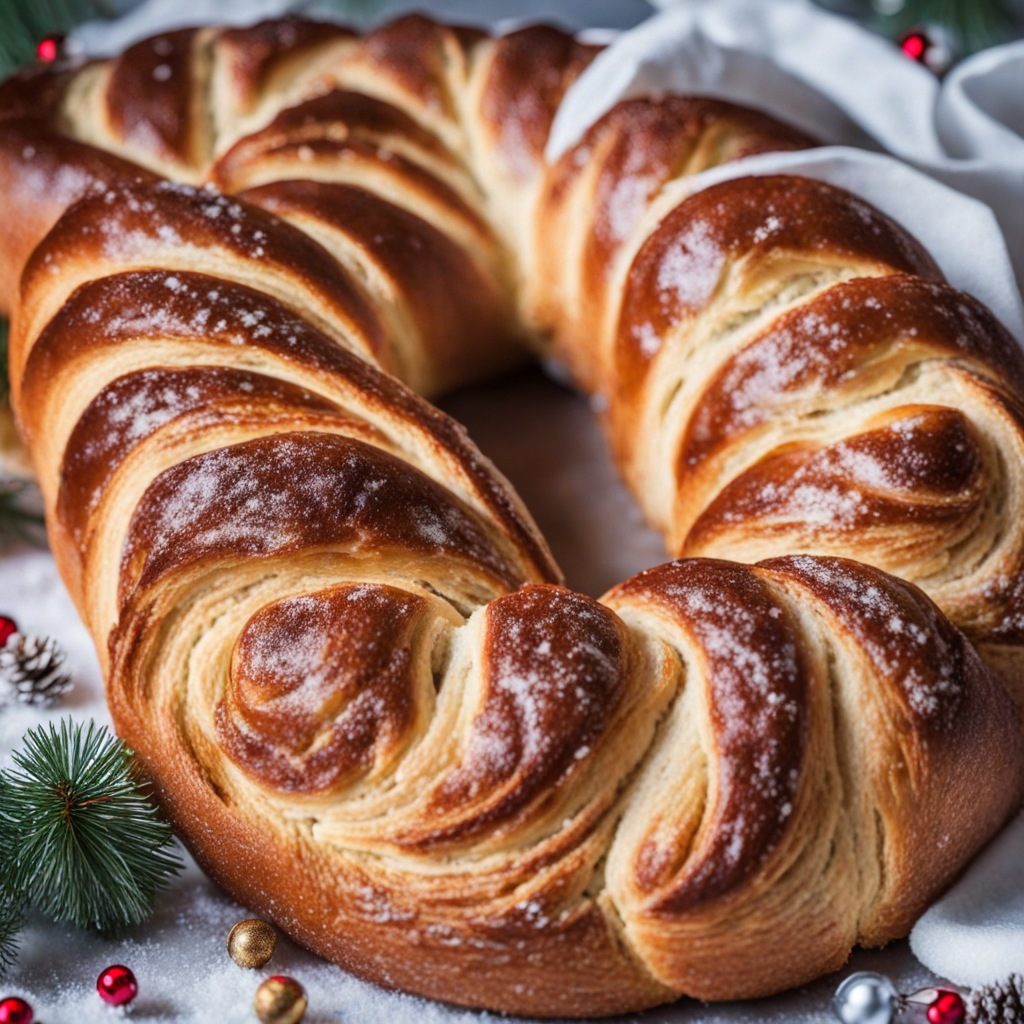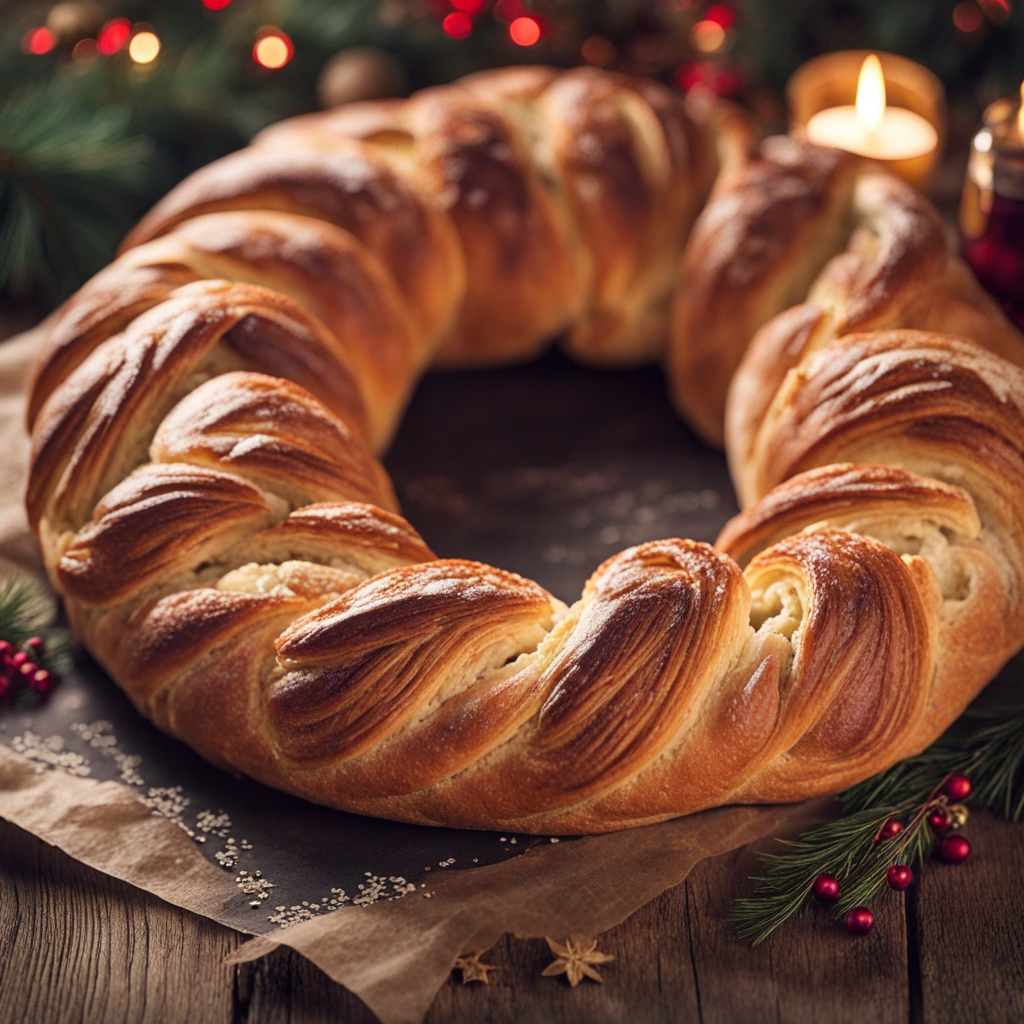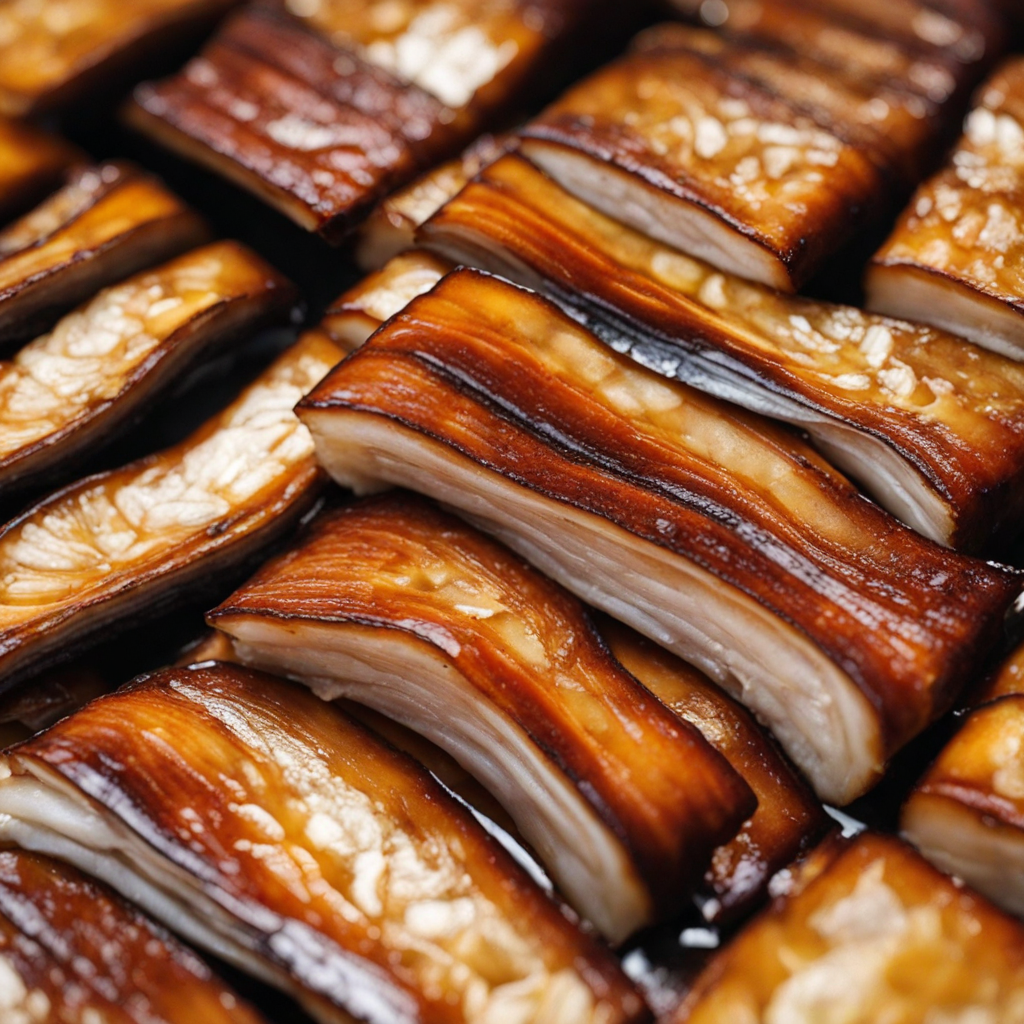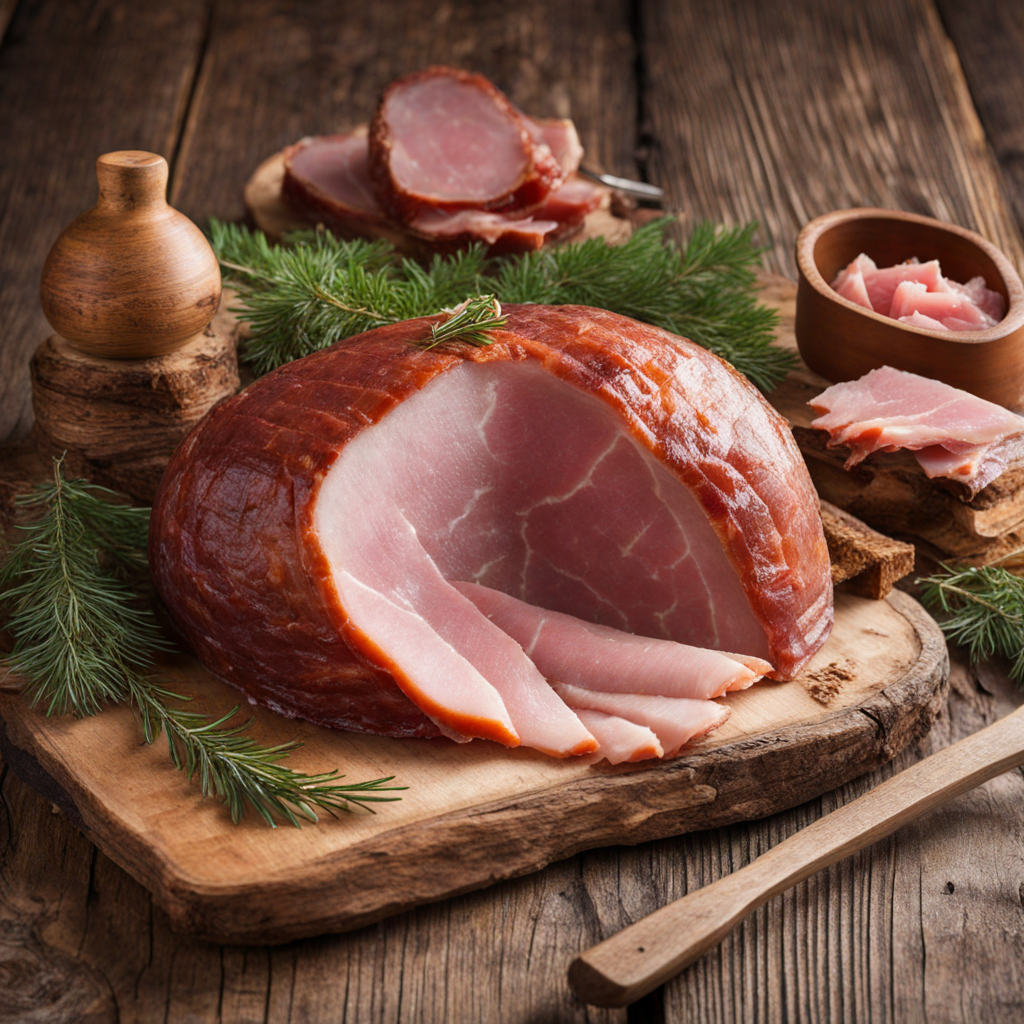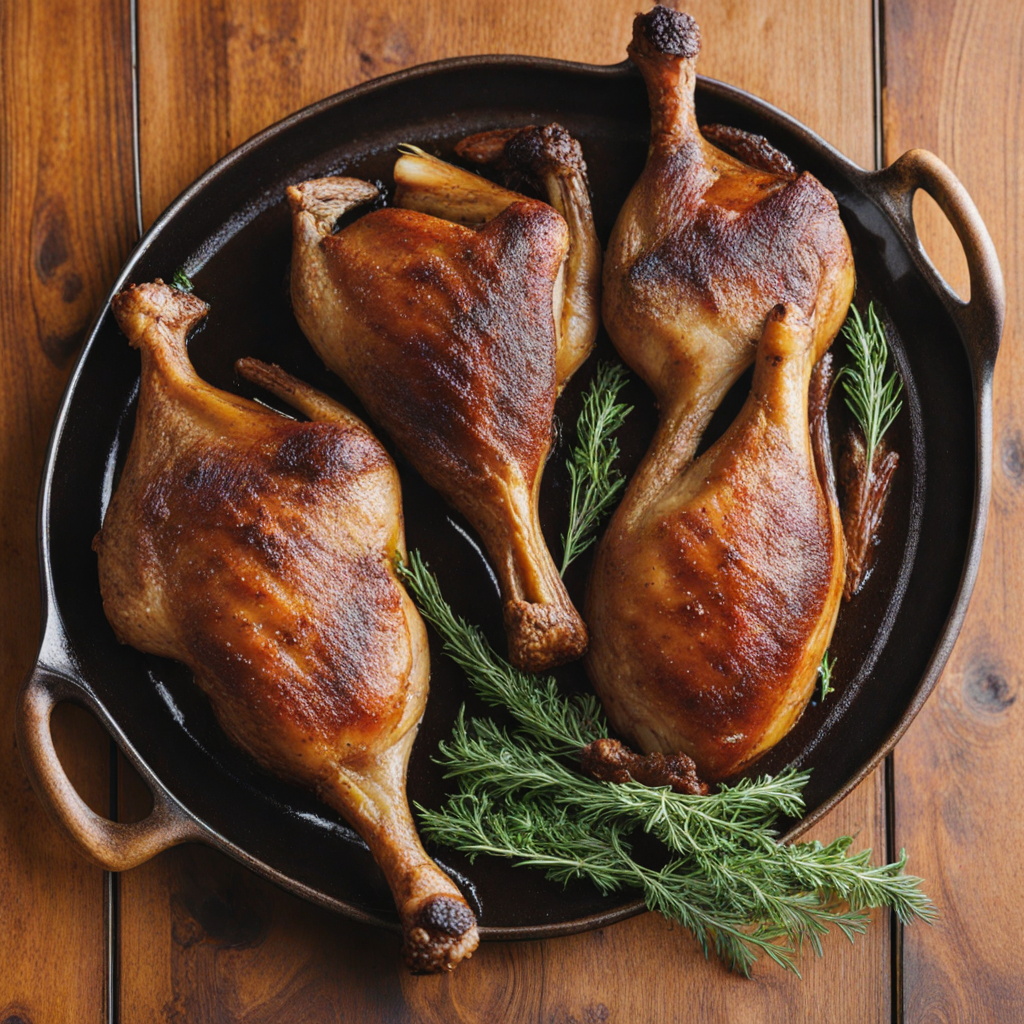Christmas Kringle
Christmas Kringle, or "Jõuluvana kringel," is a delightful pastry that embodies the festive spirit of Estonia. This traditional sweet bread is often braided into a beautiful wreath shape, symbolizing the unity and warmth of the holiday season. The dough is soft and slightly sweet, enriched with ingredients like butter, milk, and eggs, creating a tender crumb that melts in your mouth. It's typically flavored with spices such as cinnamon and cardamom, which add a warm, aromatic essence that evokes the cozy atmosphere of Christmas gatherings. One of the standout features of Christmas Kringle is its filling, which can vary from family to family. Common fillings include a luscious mixture of ground poppy seeds, nuts, or dried fruits, often sweetened with sugar and sometimes enhanced with a hint of citrus zest. This rich filling is generously spread between layers of dough before it's braided, ensuring that each bite offers a perfect balance of sweetness and texture. The golden-brown crust, dusted with powdered sugar or glazed for a glossy finish, adds to the festive appeal, making it a centerpiece on holiday tables. As you take a bite of Christmas Kringle, you'll experience a delightful combination of flavors and aromas that transport you to a winter wonderland. The sweetness of the bread, complemented by the nutty and fruity filling, creates a harmonious taste that is both comforting and indulgent. Often enjoyed with a cup of steaming tea or coffee, this pastry not only satisfies your sweet tooth but also brings a sense of nostalgia and celebration, making it a cherished treat during Estonia's Christmas festivities.
How It Became This Dish
The History of Jõulukringel: Estonia's Festive Yuletide Treat #### Origins and Early History Jõulukringel, a traditional Estonian Christmas pastry, represents not just a culinary delight but also a rich tapestry of cultural significance and historical evolution. The name "Jõulukringel" translates to "Christmas Ring," aptly capturing the essence of this festive treat, which is often shaped like a spiral or ring. The origins of Jõulukringel can be traced back to the broader tradition of yeasted pastries in Northern Europe, where similar recipes have long been associated with celebrations and communal gatherings. The roots of Jõulukringel are intertwined with the agricultural calendar, especially in the context of winter celebrations. In pre-Christian Estonia, winter solstice festivals were significant, marked by feasting, merriment, and the preparation of special foods. As Christianity gradually spread throughout the region in the 13th century, many pagan traditions were absorbed into Christian celebrations. The Christmas season became a time for families to come together, and food played a central role in these gatherings. The adaptation of the yeasted dough, used to create Jõulukringel, likely emerged during this period as a way to celebrate the birth of Christ with a dish that could be shared among loved ones. #### Ingredients and Preparation Traditionally, Jõulukringel is made with a sweet, yeasted dough enriched with butter, eggs, and milk. The dough is often flavored with cardamom, a spice that has deep roots in various European cuisines, and sometimes includes raisins or other dried fruits for added sweetness. Once the dough has risen, it is rolled out, filled with a mixture of ground nuts, cinnamon, and sugar, then shaped into a ring or spiral before being baked to golden perfection. The preparation of Jõulukringel is often a communal activity, with families gathering in kitchens during the Advent season to create this special dish. The process itself is a celebration, allowing for bonding and storytelling, as family members recount tales of Christmas past while kneading and shaping the dough. The act of making Jõulukringel not only emphasizes the importance of food in Estonian culture but also serves as a reminder of shared heritage and traditions. #### Cultural Significance In Estonia, Jõulukringel is more than just a festive treat; it embodies the spirit of Christmas and the importance of family and community. The pastry is typically served during Christmas Eve dinner, which is one of the most significant meals of the year in Estonian households. Families gather around the table to share a meal that often includes traditional foods such as roasted meats, sauerkraut, and various side dishes, culminating in the sweet delight of Jõulukringel. The symbolism of the ring shape is also noteworthy. In many cultures, circular forms represent continuity and eternity, reflecting the unbroken bonds of family and the cyclical nature of life. Thus, Jõulukringel can be seen as a symbol of unity and hope, particularly during the winter months when the days are short and the nights are long. The act of sharing this pastry strengthens familial ties and fosters a sense of belonging, emphasizing the values of love and togetherness. #### Development Over Time As Estonia underwent significant political and social changes throughout the centuries, particularly during the 20th century with the impacts of World War I, the Soviet occupation, and eventual independence, the culinary landscape evolved as well. Traditional recipes like Jõulukringel began to reflect the influences of these transformations. During the Soviet era, access to certain ingredients was limited, and many families adapted their recipes to work with what was available. This sometimes meant simplifying the ingredients or altering the methods of preparation. Despite these challenges, the essence of Jõulukringel remained intact. The pastry continued to be a staple during the Christmas season, and families found ways to preserve their traditions even in the face of adversity. With Estonia's regained independence in the early 1990s, there was a renewed interest in cultural heritage, including traditional foods. This revival was marked by a resurgence of interest in authentic Estonian recipes, and Jõulukringel was once again celebrated as a cherished holiday dish. In recent years, Jõulukringel has also found a place in Estonia's culinary tourism. Local bakeries and restaurants have begun to showcase this traditional pastry, introducing it to a broader audience both domestically and internationally. This has led to creative interpretations of the classic recipe, with some bakers experimenting with different fillings, such as chocolate or fruit preserves, while still honoring the traditional preparation methods. #### Jõulukringel Today Today, Jõulukringel remains an integral part of Estonian Christmas traditions. Many families still prepare it using age-old recipes passed down through generations, while others may opt for modern adaptations. Regardless of the variations, the spirit of Jõulukringel as a symbol of festivity, togetherness, and cultural pride endures. During the festive season, one can find Jõulukringel in homes across Estonia, often accompanied by cups of glögg (a spiced mulled wine) or coffee. Various holiday markets and events also feature this beloved pastry, where locals and tourists alike can enjoy its warm, sweet aroma and delightful flavors. In conclusion, Jõulukringel is much more than a simple holiday pastry; it is a reflection of Estonia's rich cultural heritage, a connection to family traditions, and a symbol of togetherness during the Christmas season. From its early origins to its present-day significance, Jõulukringel captures the essence of what it means to celebrate the holidays, making it a cherished part of Estonia's culinary landscape. As the world continues to evolve, the tradition of Jõulukringel stands resilient, reminding us of the importance of food in nurturing relationships and preserving cultural identity.
You may like
Discover local flavors from Estonia


